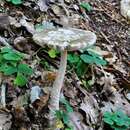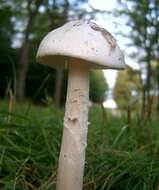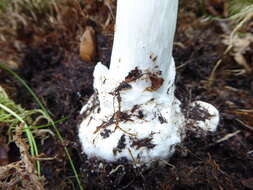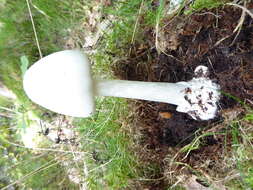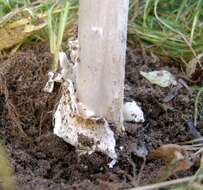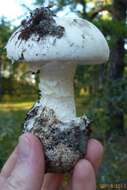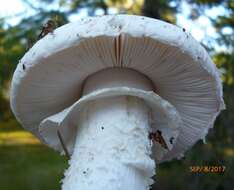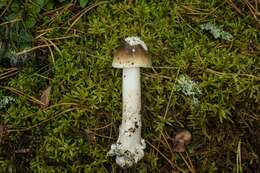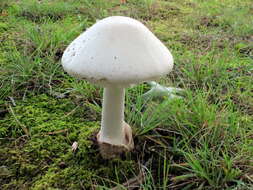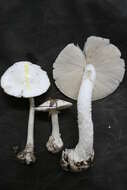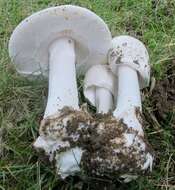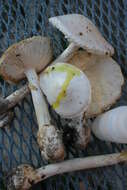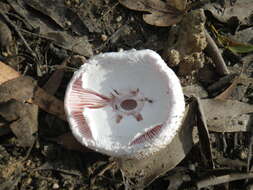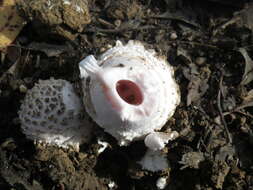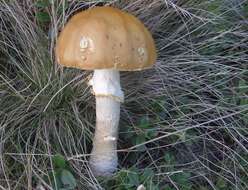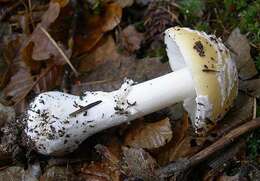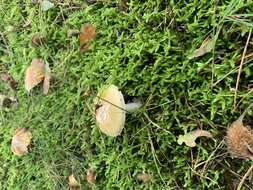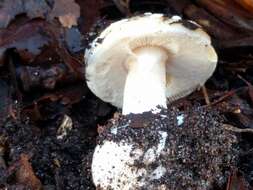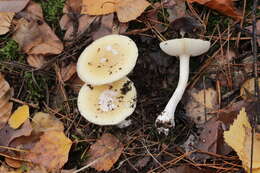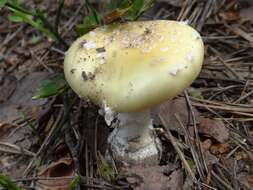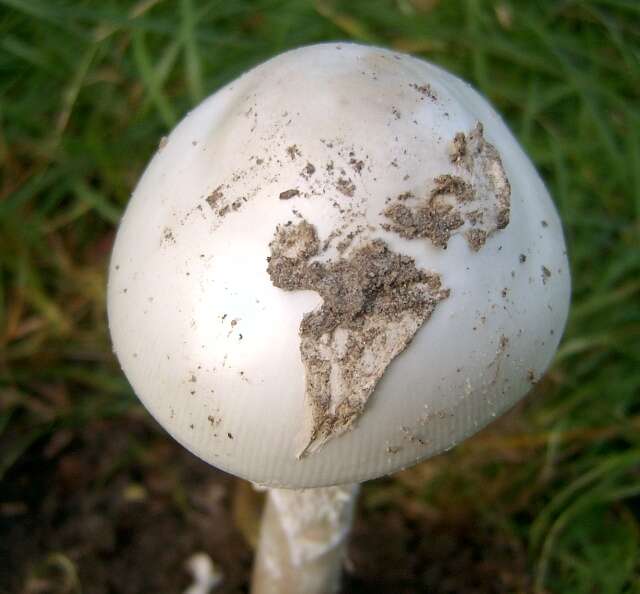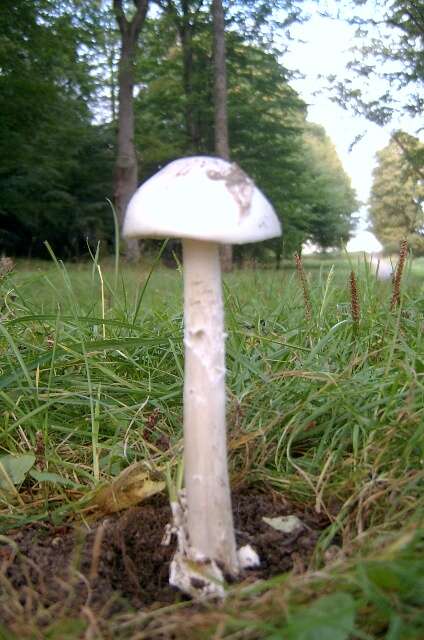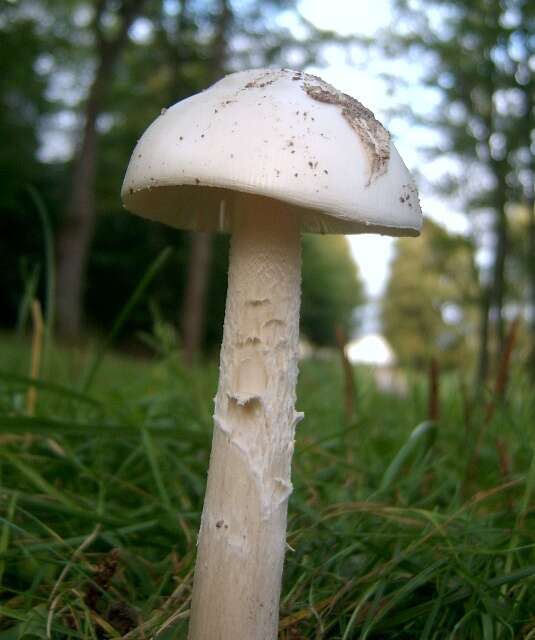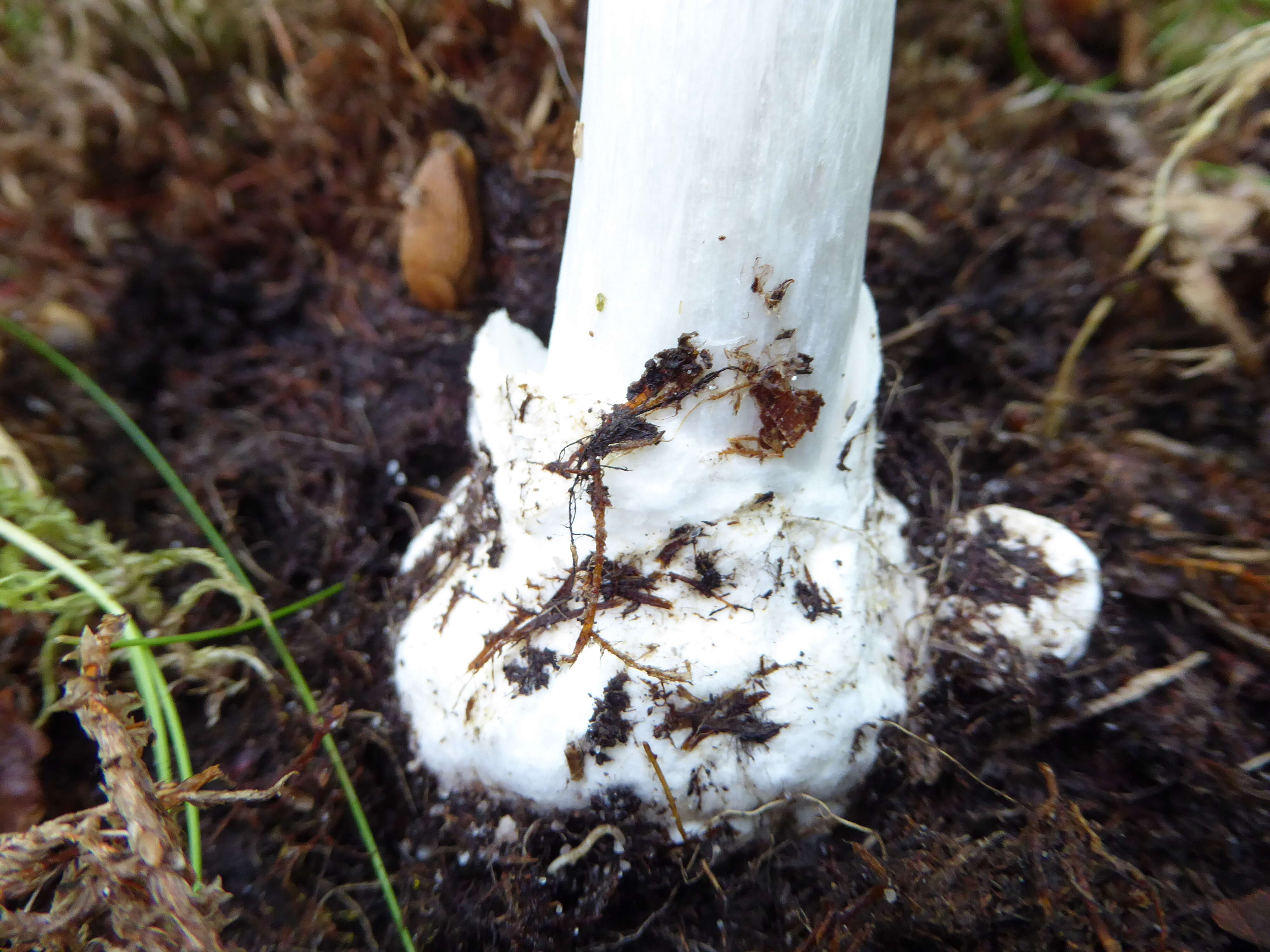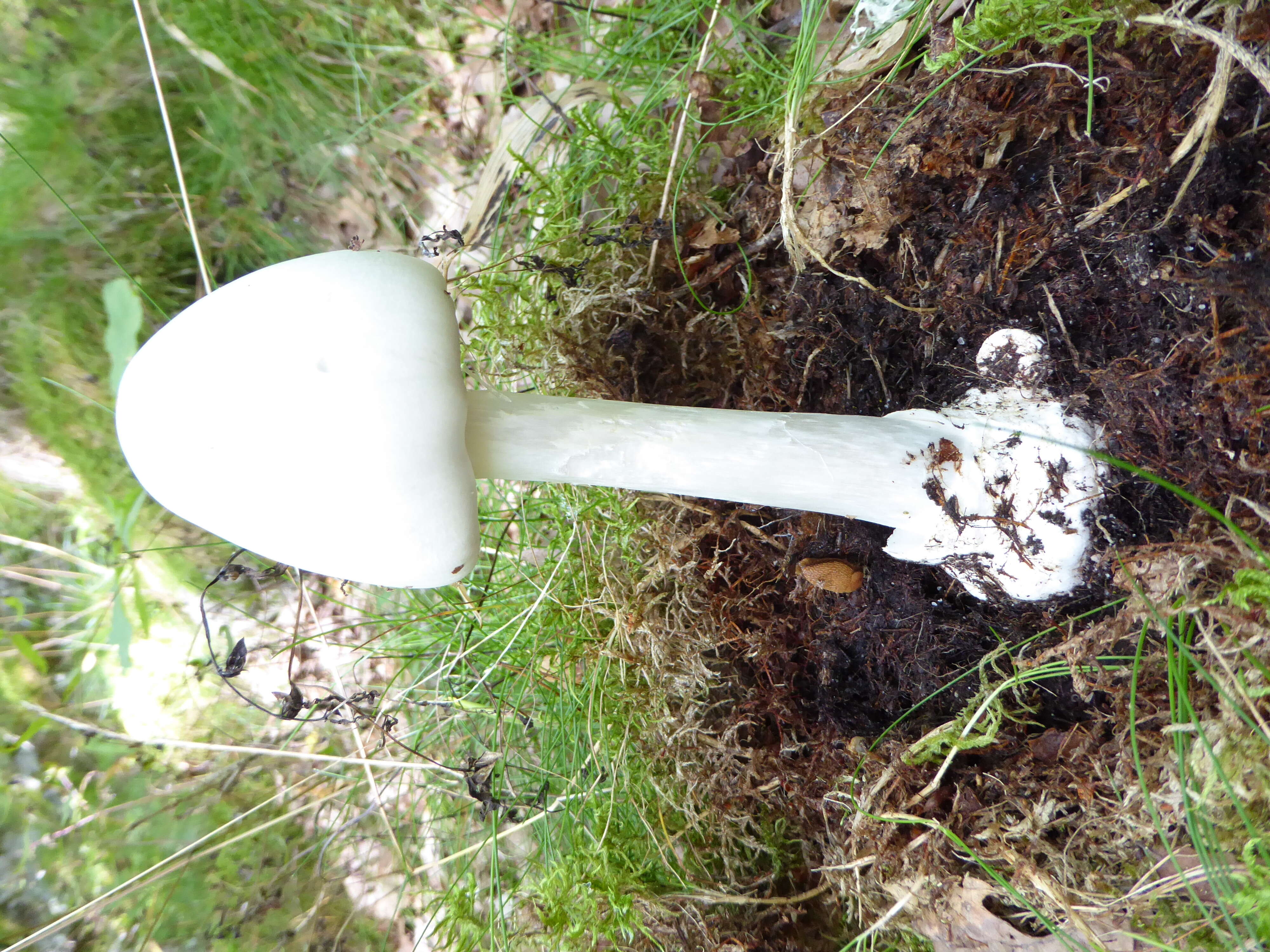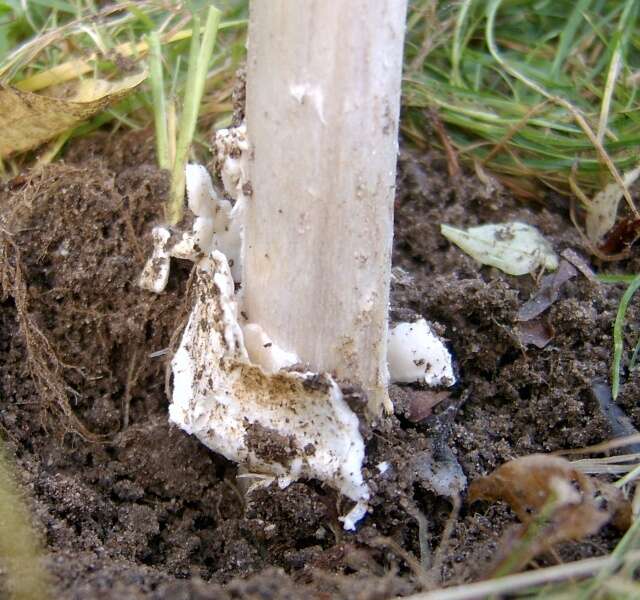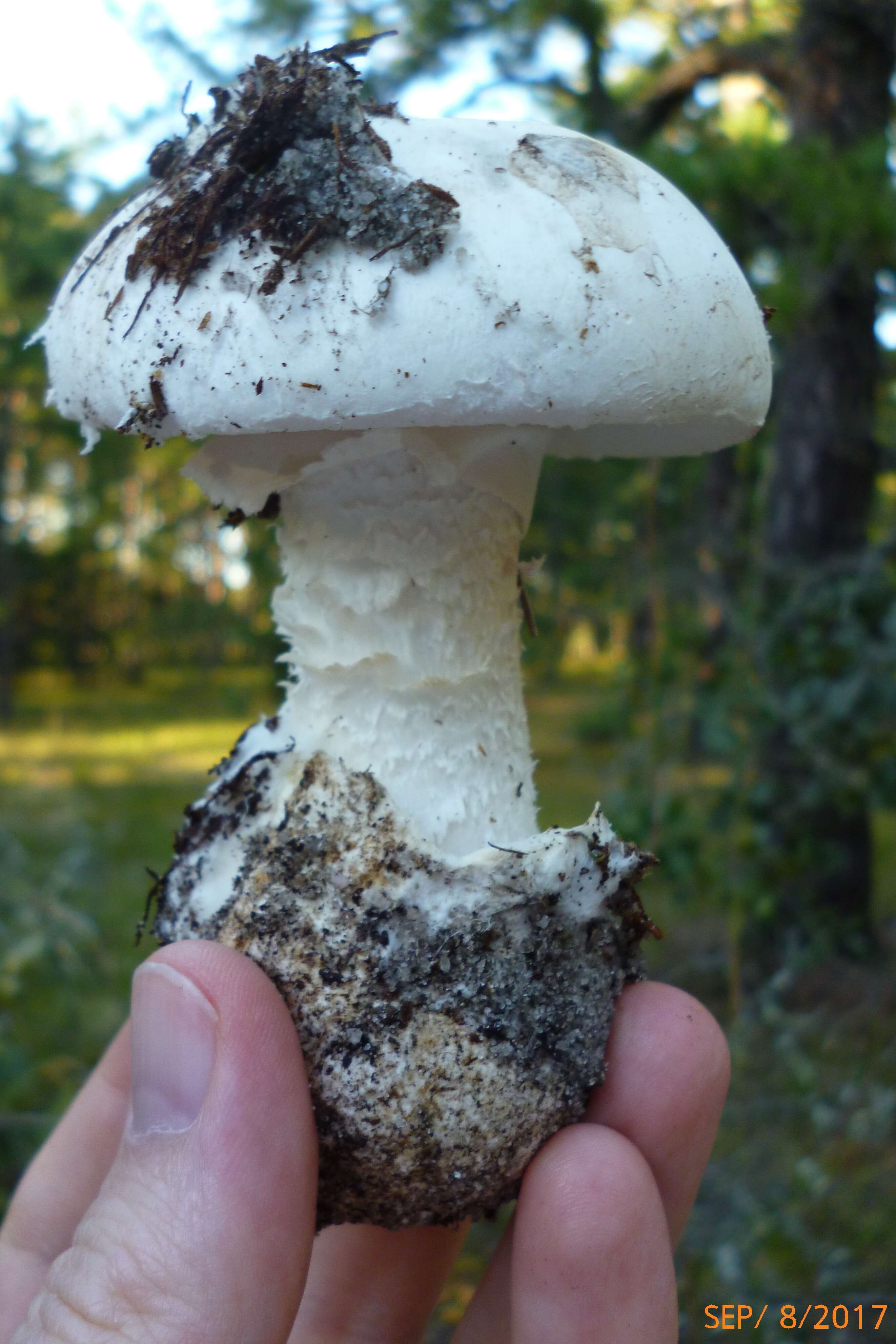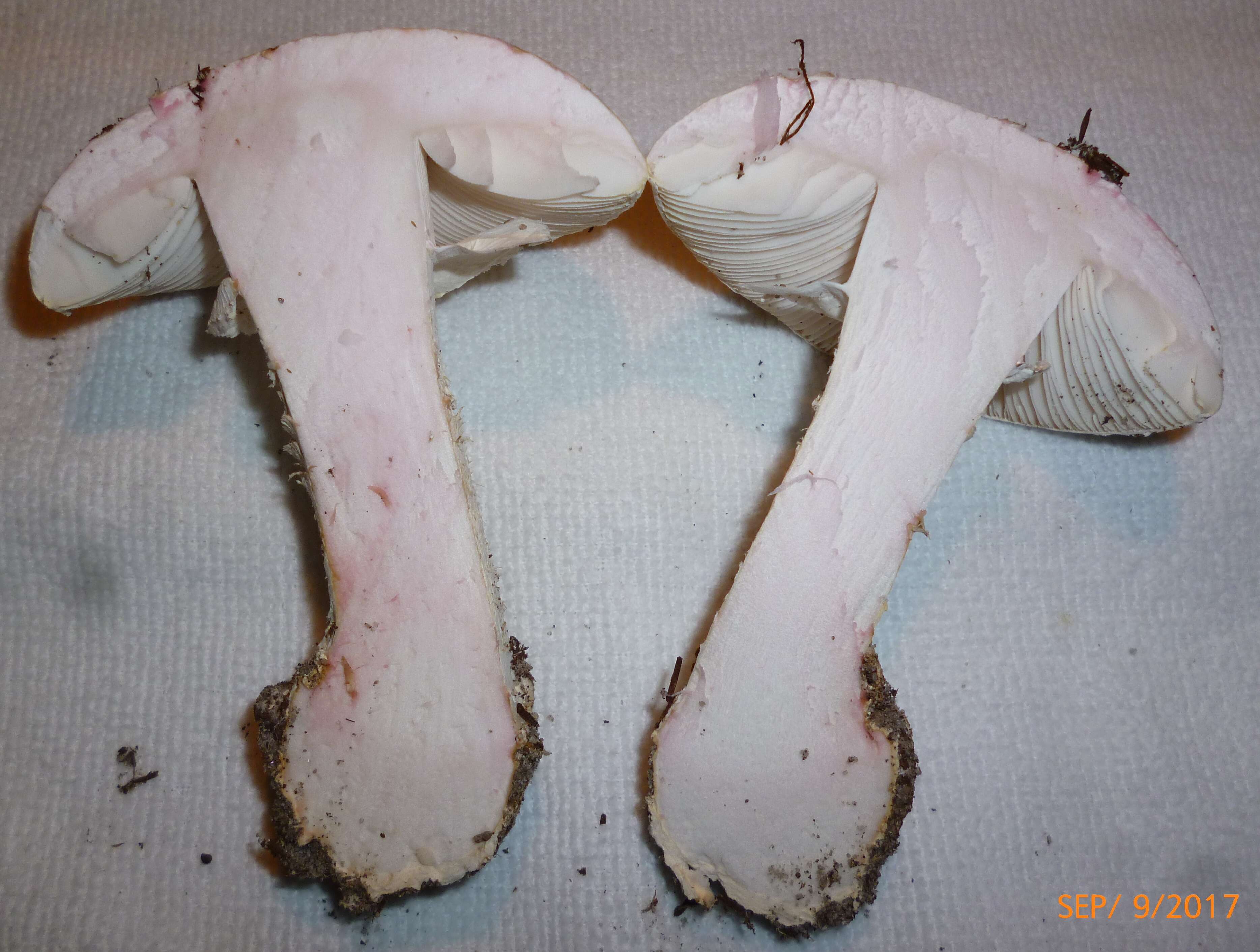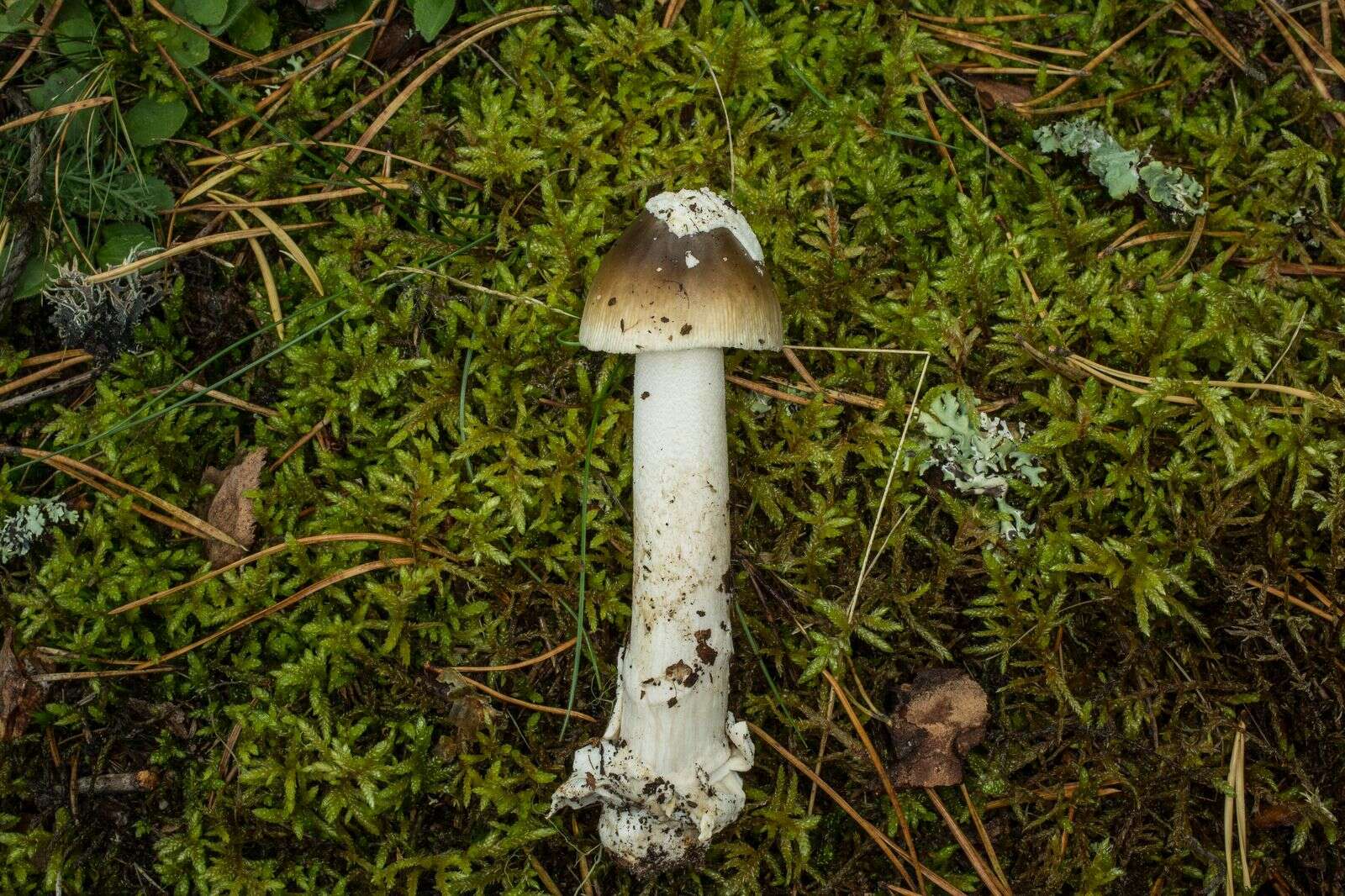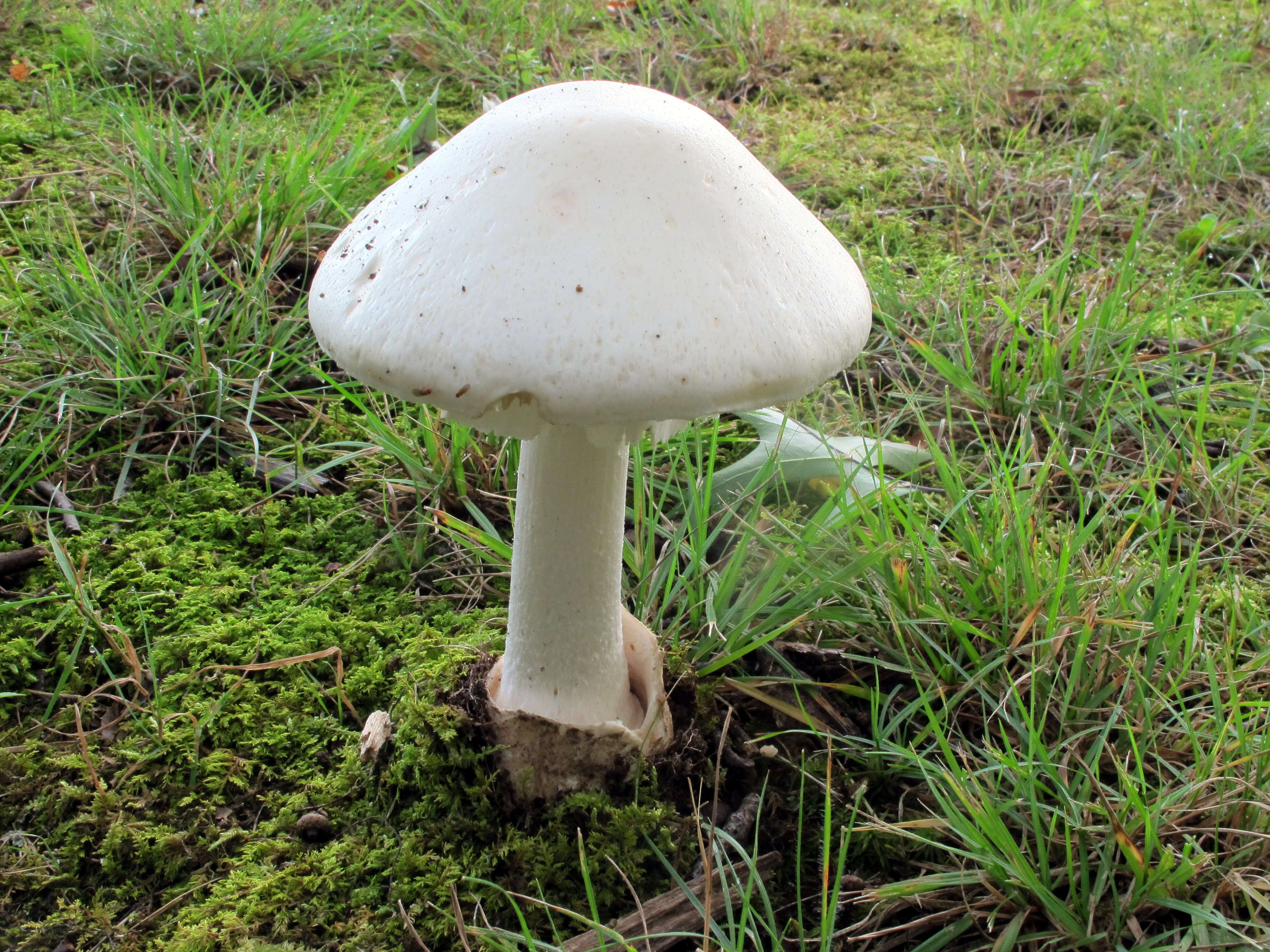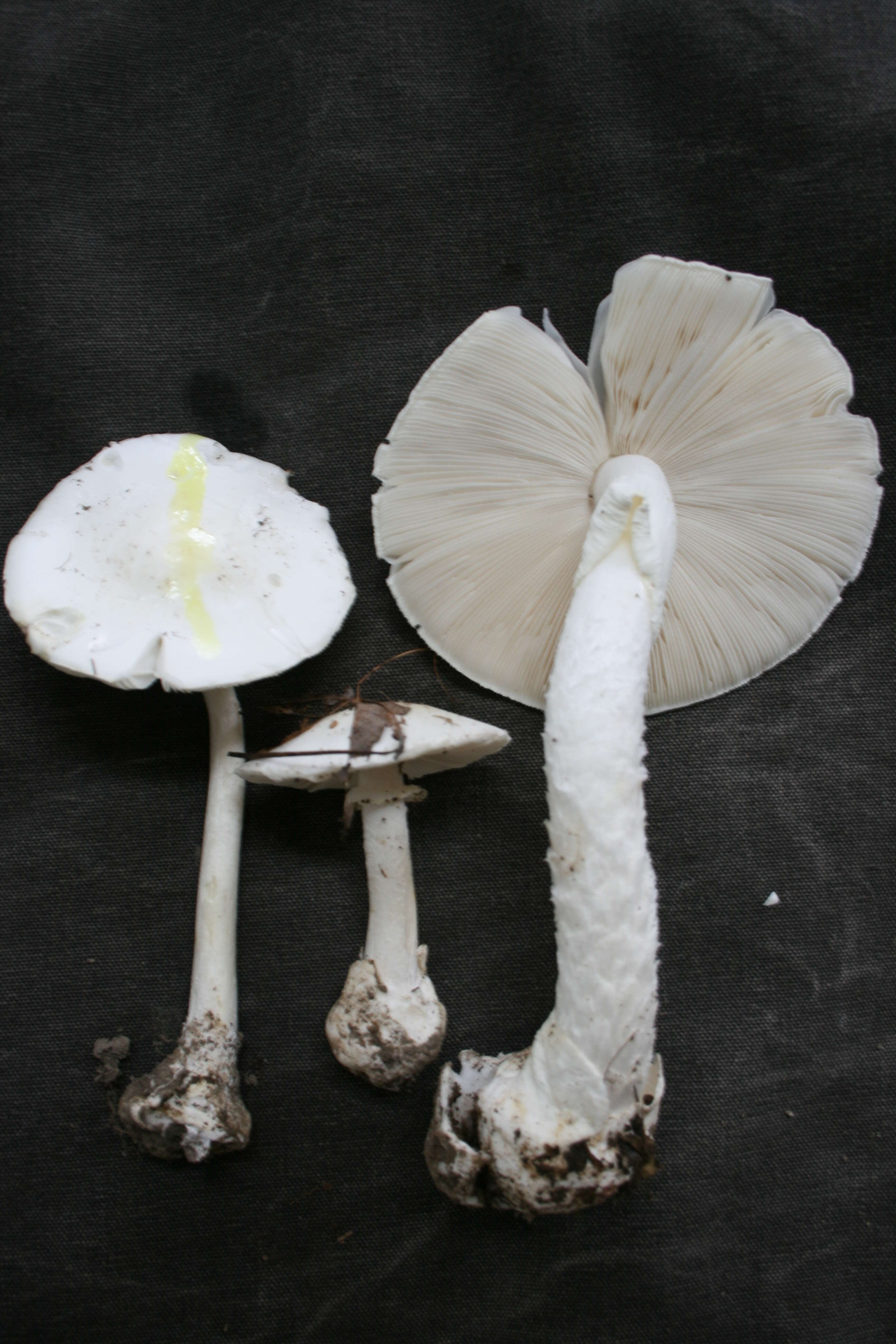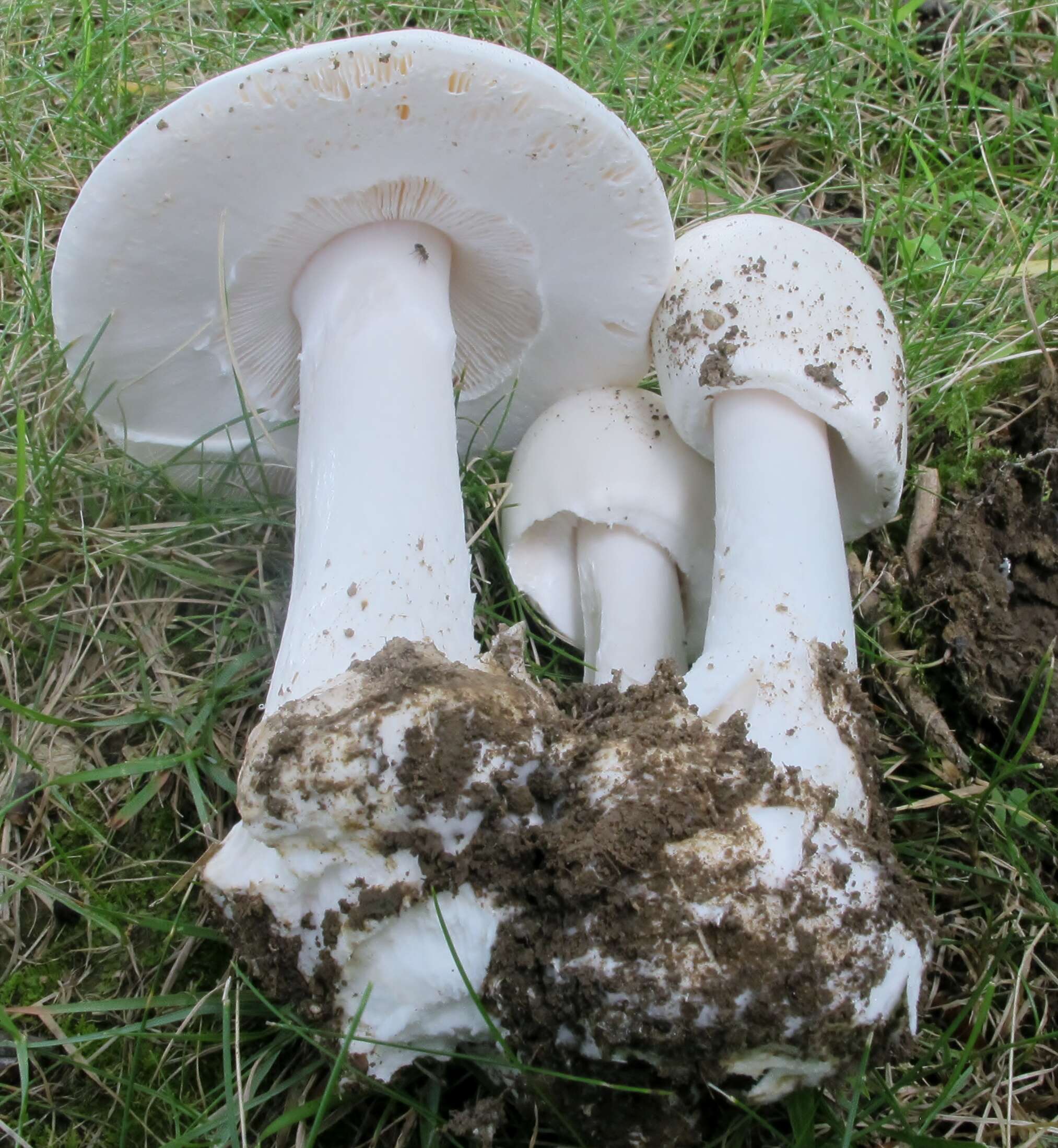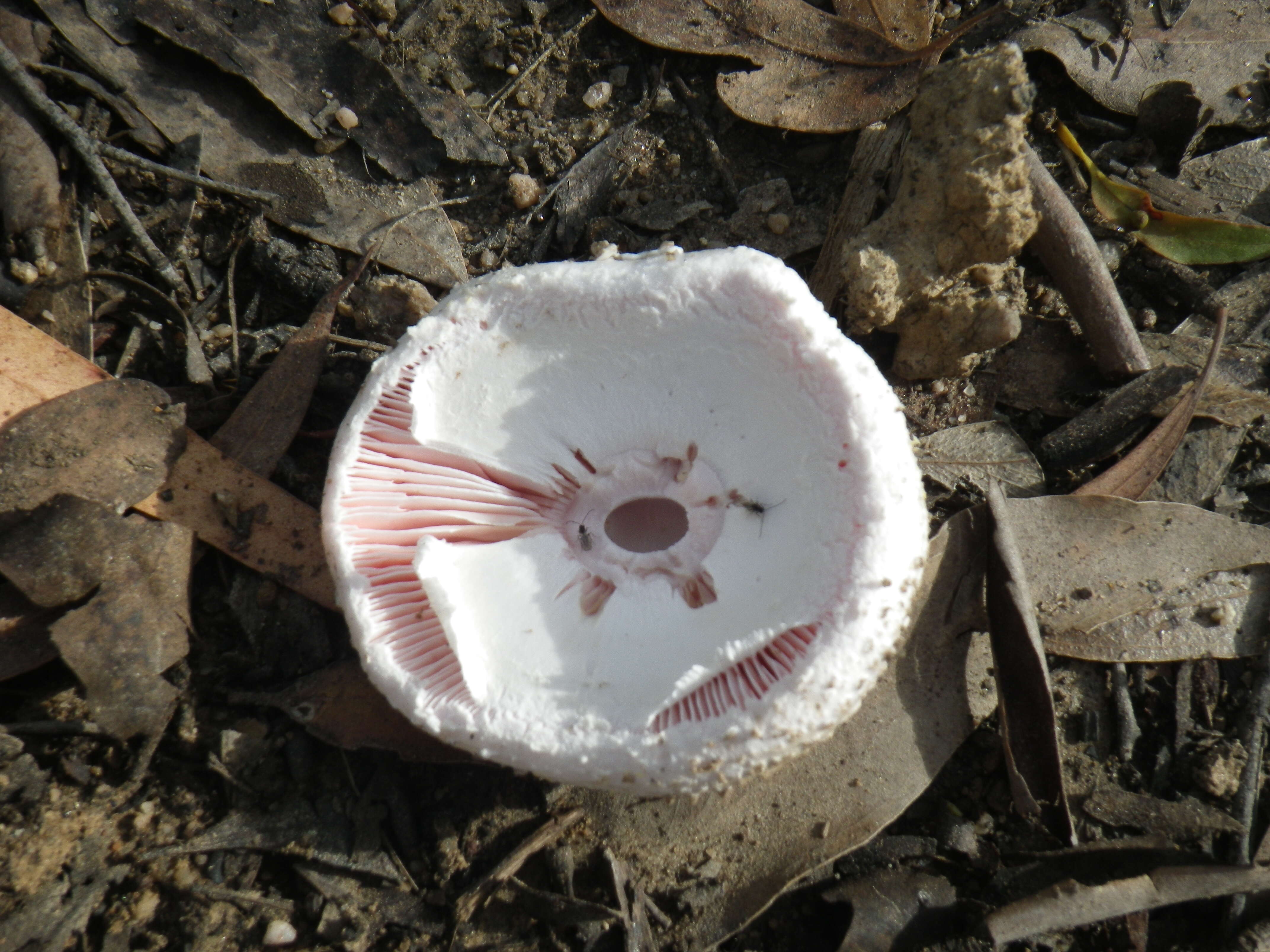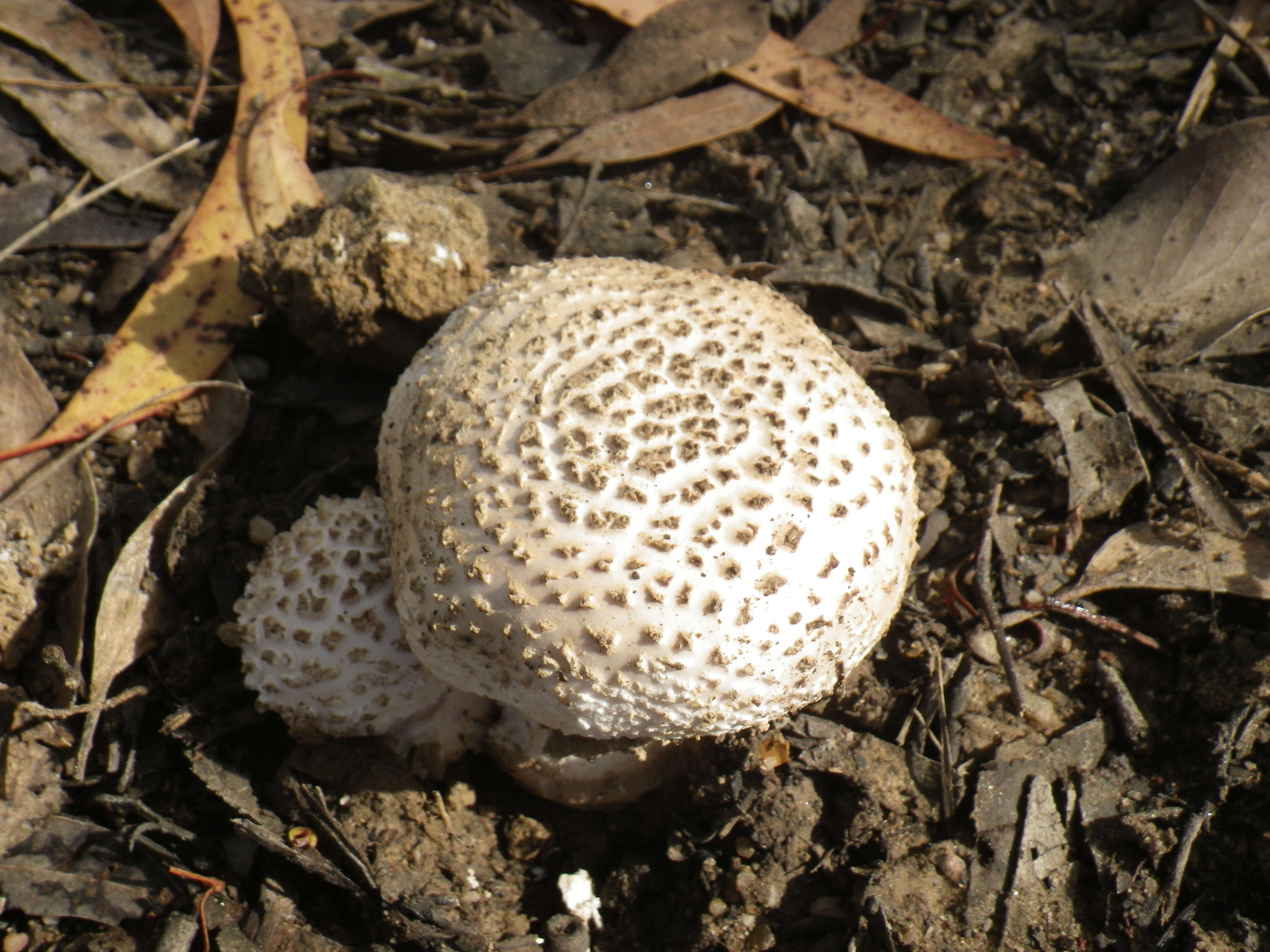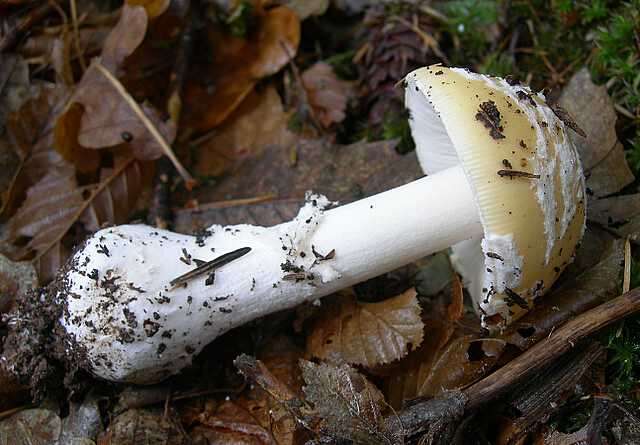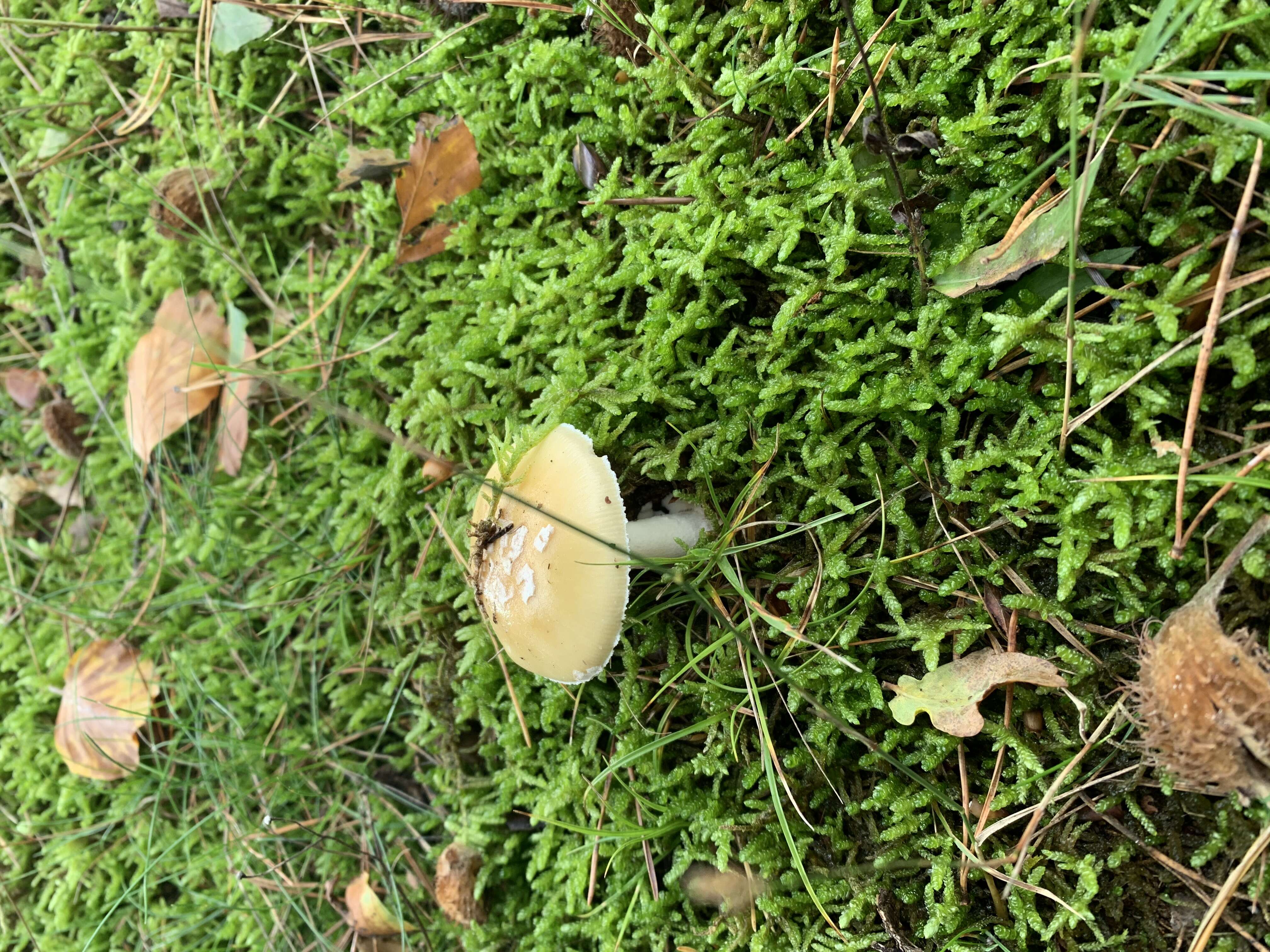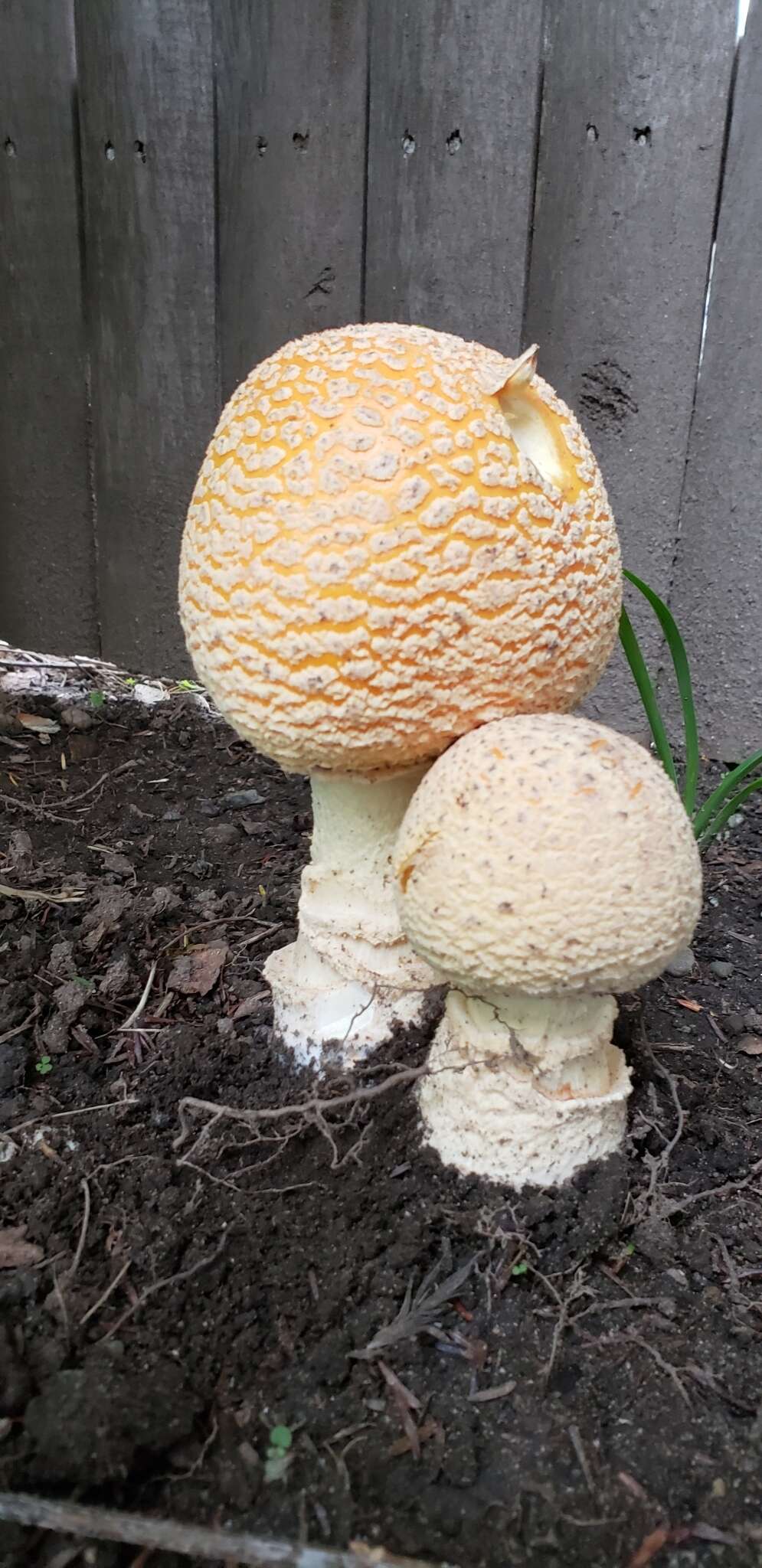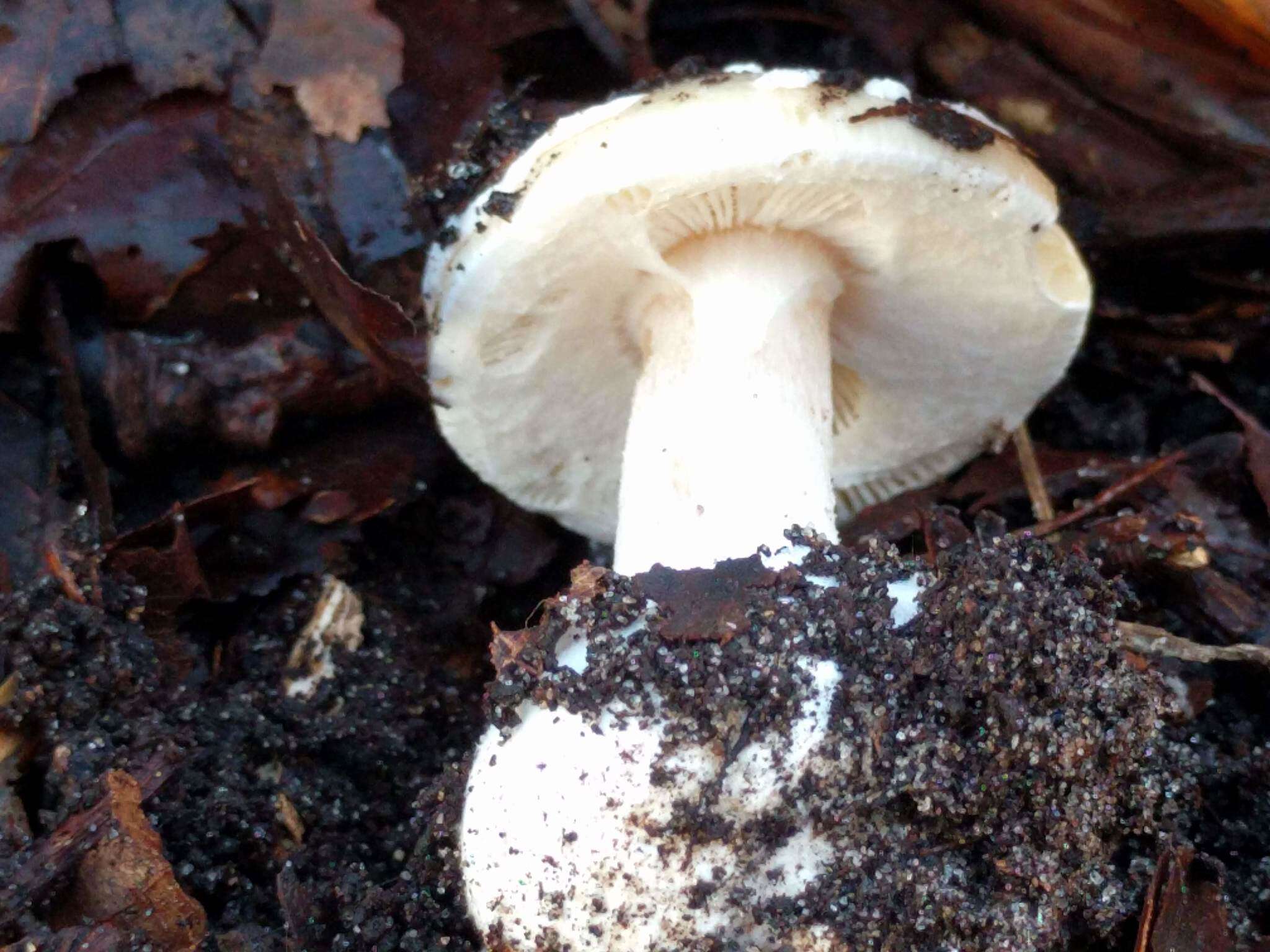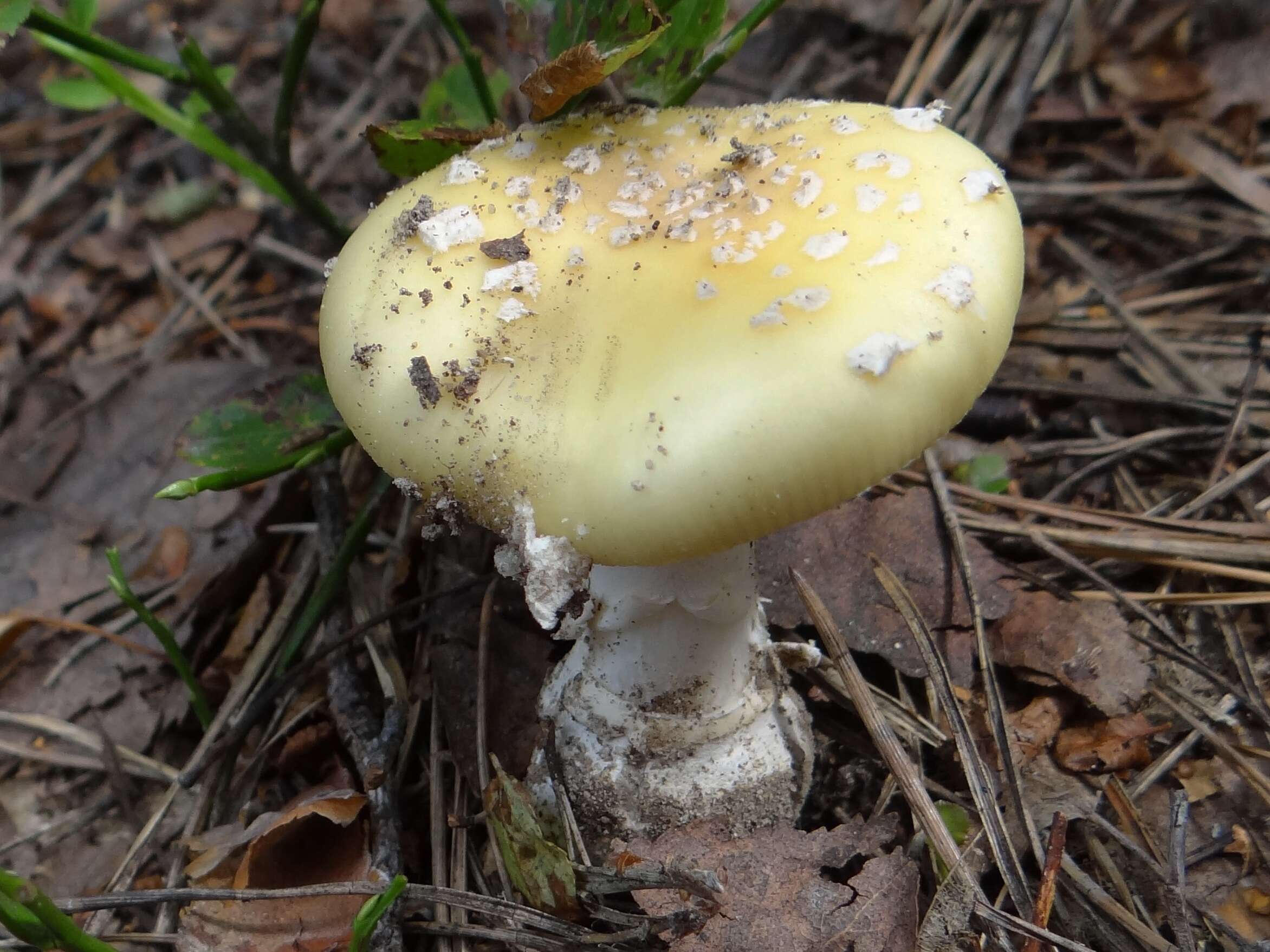Description: HATS: 5-12 cm. At first bell globose, later completely flat. The changing colors, it can be light yellow, blijedooker, orange-yellow, etc. limunžut. Great, in rain wet, then no residue krpastih membranes because rain washes, or possesses greater krpaste remains a whitish color. Narebran visible edge, but not much. COMPARED: White or cream-colored, free, dense, mixed with less. STEM: High and 15 cm thick at the base and up to 3 cm. Cylindrical, hollow inside, brittle, fibrous outside and sometimes raspucava. White in color, gradually thicker toward the bottom, with bulbous ends bordered bulb that has a collar at the top, so reminiscent of the ring. Whitish corolla is usually half of the stipe or so, is not well developed, volatile, and often tear off. MEAT: White cap under the foreskin saturated yellow, delicate, fragile. Almost imperceptible smell, taste slightly sweet. MICROSCOPY: Spores white in mass, smooth, elliptical, 7-12 x 7-9 um. HABITAT AND DISTRIBUTION: It grows in coniferous and deciduous forests on acid soils, especially the common beech. It grows in hilly area, mountains and near the sea. edibility: Inedible or mildly toxic, poisonous in its raw state. AGE: One of the earliest Amanita in the year, from mid-spring until late autumn. RELATED SPECIES: There is a similarity with Amanita citrina which has more thicker stipe bulb at the bottom and a strong smell of radishes, and with Amanita Elia Quelet that is smaller, thinner, without prominent stipe bulb at the bottom. Note: In particular bright yellow sunflower literature also appears under the synonym of Amanita junquillea Quelet. Date: 30 July 2011, 01:02. Source:
AMANITA GEMMATA (Paullet) Bertillon. Author:
GLJIVARSKO DRUSTVO NIS from Serbia.

